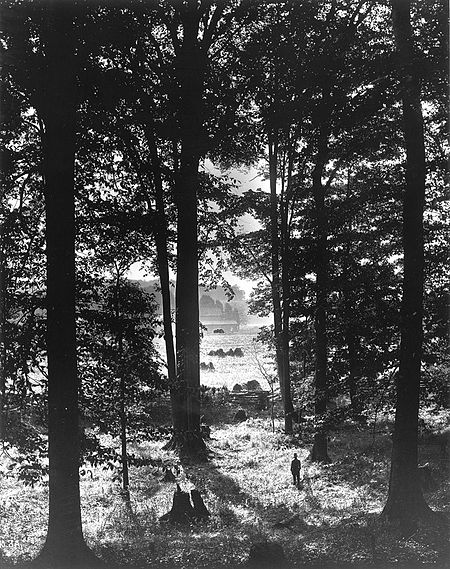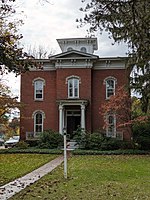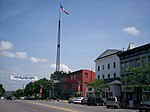Sacred Grove (Latter Day Saints)

The Sacred Grove is a forested area of western New York near the home of Joseph Smith where the foundational event of the Latter Day Saint movement took place. It is the location where Smith said he had his First Vision, a theophany, occurring in the spring of 1820. The exact location of the Sacred Grove is not known, but it would likely have been west of Smith's adolescent home on the border of the towns of Palmyra and Manchester. This area was being cleared at the time for farming by the Smith family, who were also using the trees to harvest maple syrup. The area has been purchased by the Church of Jesus Christ of Latter-day Saints (LDS Church), which cares for the area and allows tourists to visit. Latter Day Saints view the place as a sacred site. The Sacred Grove was ranked the No. 74 Most Holy Place on Earth by religious leaders, writers and scholars in the Patheos multi-faith religion project Sacred Spaces: The 100 Most Holy Places on Earth.
Excerpt from the Wikipedia article Sacred Grove (Latter Day Saints) (License: CC BY-SA 3.0, Authors, Images).Sacred Grove (Latter Day Saints)
Annenstraße, Dresden Wilsdruffer Vorstadt (Altstadt)
Geographical coordinates (GPS) Address Nearby Places Show on map
Geographical coordinates (GPS)
| Latitude | Longitude |
|---|---|
| N 43.040669 ° | E -77.244404 ° |
Address
Annenstraße 24
01067 Dresden, Wilsdruffer Vorstadt (Altstadt)
Sachsen, Deutschland
Open on Google Maps








